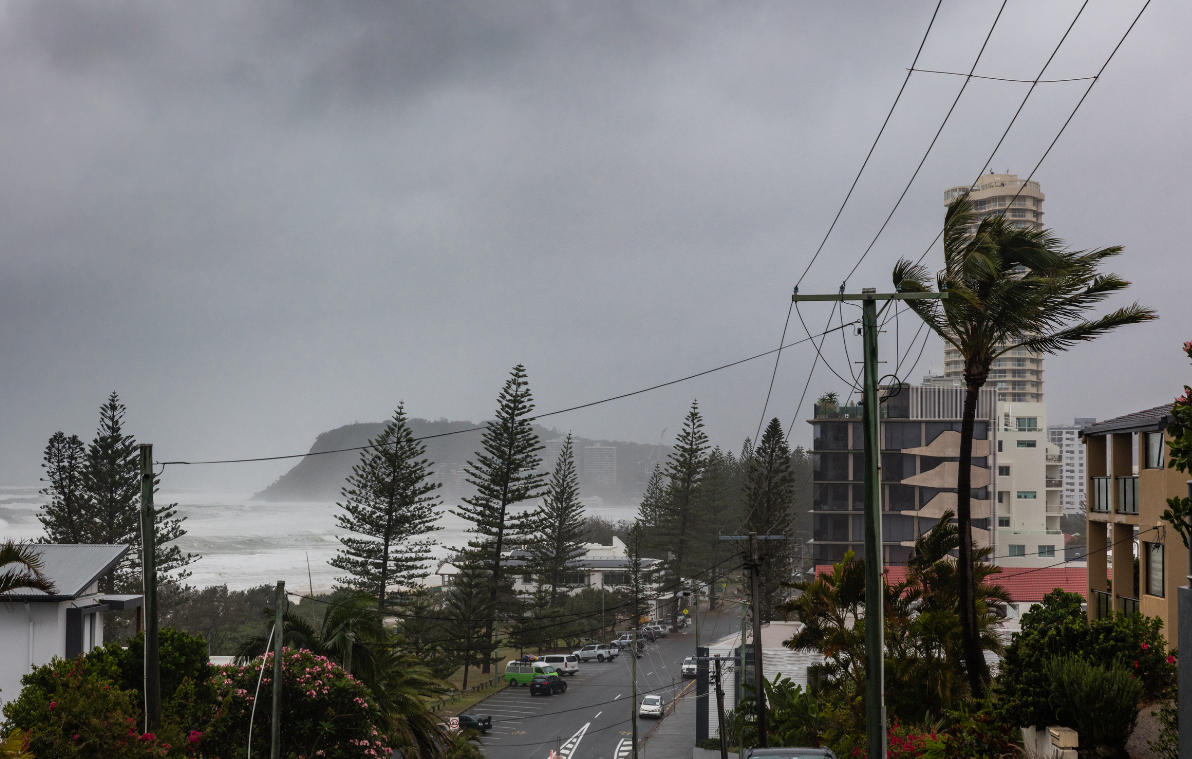As Australian weather patterns continue being unpredictable, businesses, whether in bustling city centres or serene regional towns, must prepare for the storm and fire season. From storms, hail, cyclones, floods and flash flooding, to bushfires or urban grass fires, weather events can wreak havoc on your operations and pose risks to your employees or clients.
In this blog, we provide practical tips and examples to help you prepare your businesses against storms and fire, so you can bolster your ability to withstand these events, safeguard your assets and continue operating.
1. Emergency Kits and Communication Plans
To ensure the safety of your employees and business, establishing comprehensive emergency kits and communication plans is paramount. These preparations are essential for urban and regional businesses alike. Consider these actions:
a. Create Emergency Kits: Assemble kits that contain essential supplies such as first aid items, non-perishable food, water, flashlights, and batteries. Check out this NSW Government list for ideas on what to include.
Practical Example: Whether you are a boutique hotel in Melbourne, or a motel on the highway in Gundagai, well-stocked emergency kits in various locations throughout the property, ensures employees and guests have immediate access in case of a power outage.
b. Develop a Communication Plan: Designate communication roles and establish a clear plan for updating your employees, customers, and stakeholders. Use multiple communication channels, such as email, text messages, and social media.
Practical Example: A regional agricultural business uses a mass notification system to swiftly inform farmers about impending storms or floodwaters. This helps them take necessary precautions to protect their crops and livestock.
2. Back-Up Data and Technology
It’s never fun when you lose data. In our digital age, protecting your business’s data and technology infrastructure is just as crucial as safeguarding physical assets.
a. Data Backups: Regularly backup your critical business data, and store it in an off-site location or on a secure cloud server. In case of fire or storm damage, this will ensure that you can quickly recover vital information, and keep operating.
Practical Example: A marketing agency in the Adelaide Hills uses a cloud-based data storage solution to back up their client files and creative assets. When a fire in the vicinity threatened their office, they were able to continue operations remotely without data loss.
b. Uninterruptible Power Supply (UPS): Invest in UPS units to safeguard your computer systems. These devices provide temporary power during outages, giving you ample time to save your work and shut down systems safely.
Practical Example: A law firm in far north Queensland equips their critical computer servers with UPS units. During severe storms or cyclones, the UPS systems prevent data loss by allowing employees to save their work before safely shutting down the servers.
3. Employee Safety Measures
Your employees are the heart of your business. Ensuring their safety during storms and fires is a moral and legal obligation.
Think more than educating them on safety procedures and conducting drills, also consider how a storm, fire or flood might impact their ability to:
- travel to clients;
- work from the office or work from home; or
- get home from the office.
Consider your contingencies if an employee is unable to move around, and ensure they know your policy about travel so they are not taking unnecessary risks, like trying to drive through flood water.
4. Supply Chain and Vendor Contingency Plans
Strengthening your supply chain and vendor relationships can be a crucial aspect of your business’s storm and fire season preparedness.
a. Diversify Suppliers: Explore sourcing essential materials and goods from multiple suppliers or regions. This diversification can minimise disruptions caused by natural disasters impacting your primary suppliers.
b. Vendor Continuity Agreements: Develop vendor continuity agreements with your critical suppliers. These agreements should outline the roles and responsibilities of each party during emergencies to ensure a seamless flow of goods and services.
Practical Example: A regional construction company sources construction materials from both local and interstate suppliers. Following a major storm, where roads are impacted, they are able to continue their projects without significant delays by tapping into their alternate suppliers.
By proactively managing your supply chain and vendor relationships, your business can mitigate disruptions, maintain operations, and continue to serve your customers, even in the face of storms, fires, and floods.
5. Business interruption and Property Insurance
Business interruption and Property insurance are your safety net in the event of damage caused by storms, fires or other natural disasters. However, having a policy is not enough; it’s crucial to ensure it aligns with your current needs.
To prepare your business for Australia’s storm and fire season we recommend an insurance review with your brokers. This not only ensures that your coverage reflects the current market values and any recent improvements or acquisitions but that you can also identify potential risks within your business and take action to mitigate them.
The Omnisure team is here to help provide risk management advice, and ensure that your business is prepared for storms, fires or floods so that you can continue operating.
Give us a call on 1800 958 384 or email us at hello@omnisure.com.au to see how we can help.





